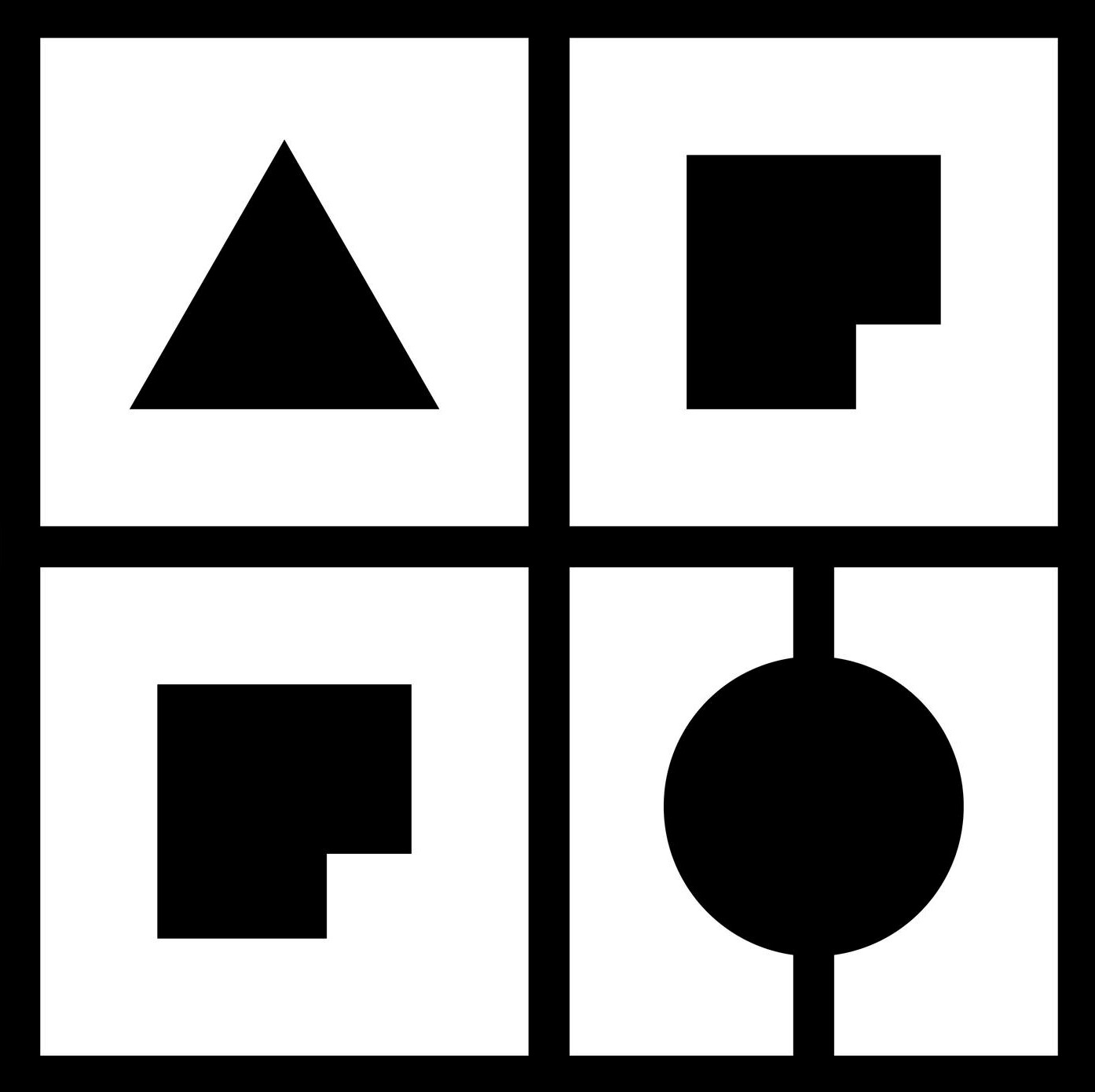OGD07FG - Physical geodesy
| Course specification | ||||
|---|---|---|---|---|
| Type of study | Bachelor academic studies | |||
| Study programme | ||||
| Course title | Physical geodesy | |||
| Acronym | Status | Semester | Number of classes | ESPB |
| OGD07FG | mandatory | 6 | 3П + 1В | 4.0 |
| Lecturers | ||||
| Lecturer (for classes) | ||||
| Lecturer/Associate (for practice) | ||||
| Condition | Облик условљености | |||
| Mathematics for geodesy and Geodetic astronomy. | Completed classes for attending classes, and none for final exam. | |||
| The goal | ||||
| Introducing students to the theoretical and practical aspects of physical geodesy, the problems of boundary values of the theory of Earth's gravitational potential and mathematical models used in determining the reference geodetic surfaces. | ||||
| The outcome | ||||
| The student should be able to: 1) describe and explain the influence of the Earth's gravitational field and its importance in modeling reference geodetic surfaces, 2) define and use different height systems, 3) model and apply datum transformation parameters, 4) model the gravitational influence of topographic masses of the Earth's crust, 5) understand the basics of Molodensky's theory, 6) creates and applies the collocation model in predicting / estimating the functionals of the anomalous potential of the Earth's gravitational field, etc. | ||||
| Contents | ||||
| Lectures. Introduction. Gravitational force. Gravitational potential. Spherically harmonics development of gravitational potential. Boundary value problems of the theory of gravitational potential. Laplace and Poisson differential equations. Earth's gravity. The potential of a Earth's gravity. The gravity of the so-called Normal Earth and normal potential. Spherically harmonics development of normal potential. Anomalous potential. Functionals of anomalous potential. The integral formulas of Stokes and Wenning-Meines. Reduction of the acceleration of the Earth's gravity. Molodensky's theory. Statistical methods in physical geodesy. Exercises. Height systems. Determining the potential of a body of regular geometric shape of uniform / homogeneous density. Coordinate transformation (natural, geodetic, geocentric, spherical). Reduction of the Earth's gravity acceleration. Determining the geoid undulation using the Stokes equation. Astrogeodetic determination of geoid. | ||||
| Methods of teaching | ||||
| Classes are conducted through lectures. Lectures are accompanied by exercises of appropriate content. | ||||
| Literature | ||||
| ||||
| Облици провјере знања и оцјењивање | ||||
| Class attendance Activity in classes, Exercises Colloquium 1 Colloquium 2 | ||||
| Посебна назнака | ||||
| Нема. | ||||
